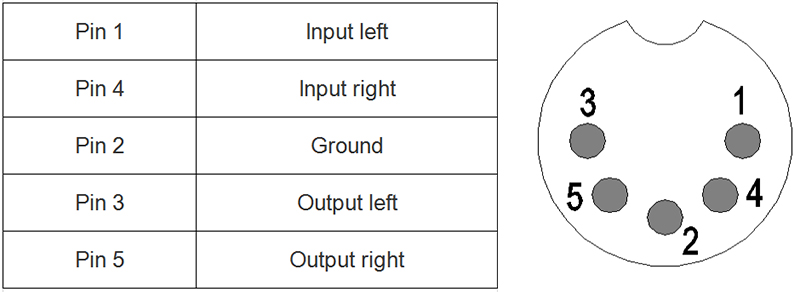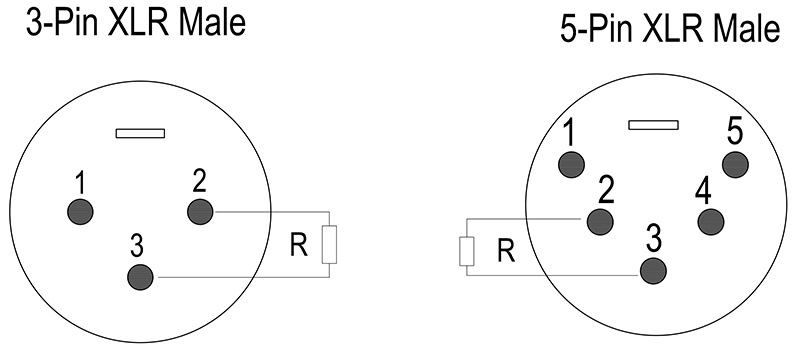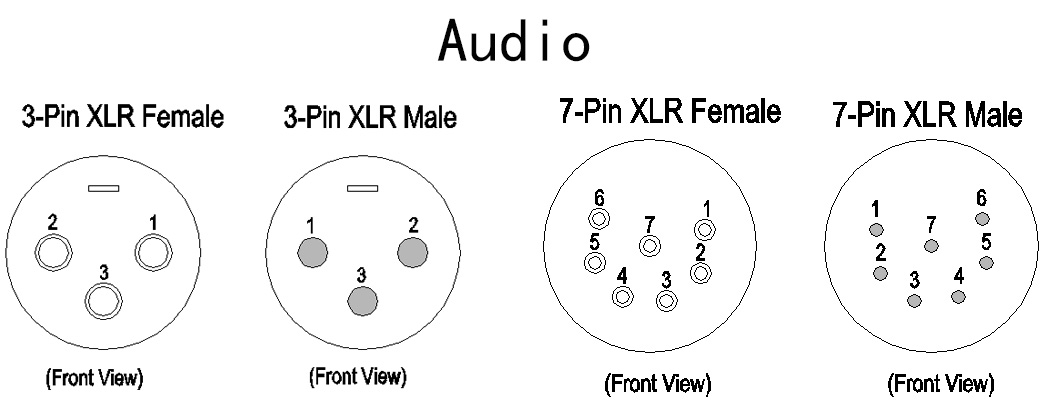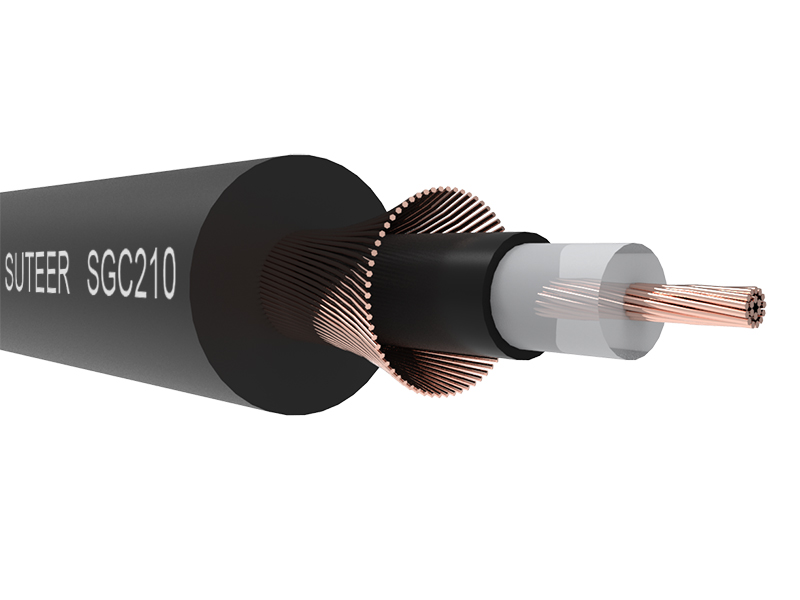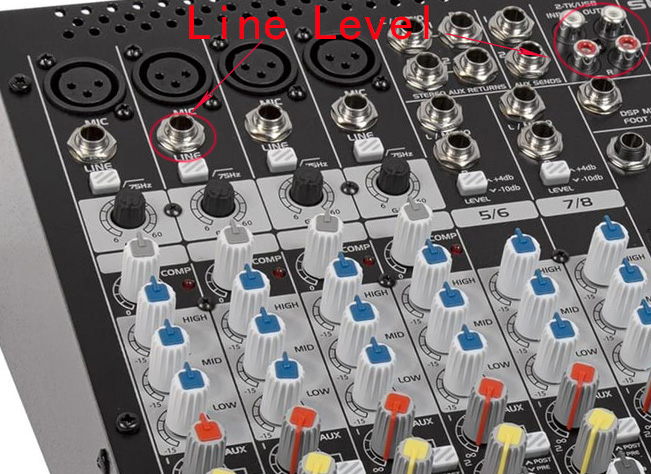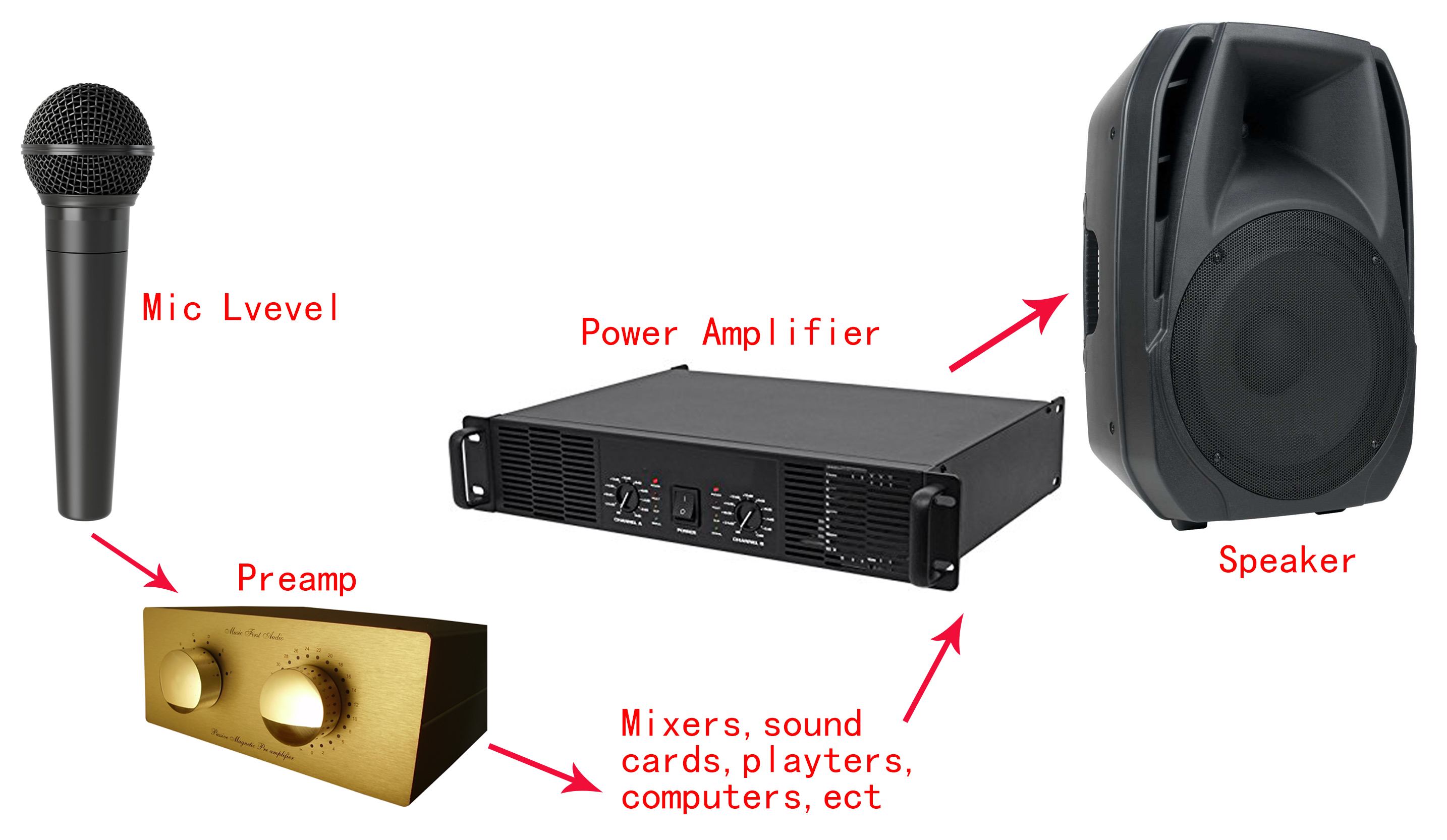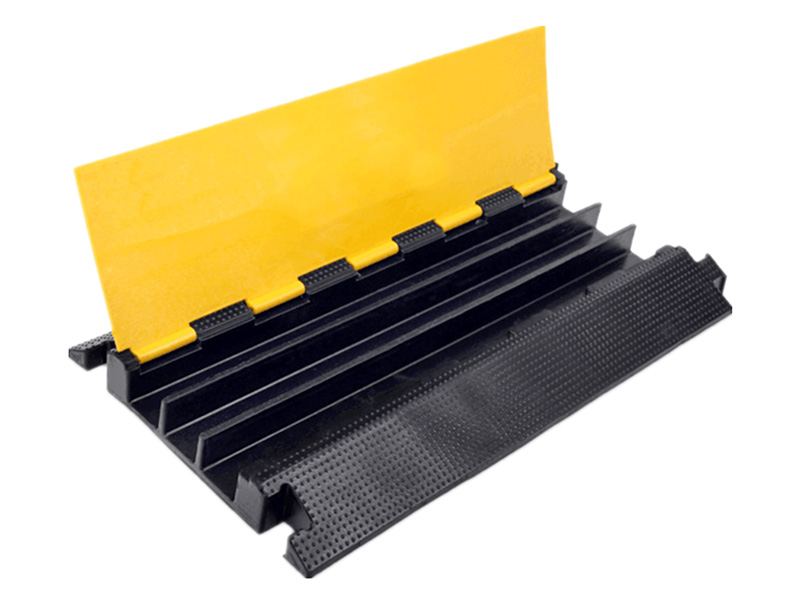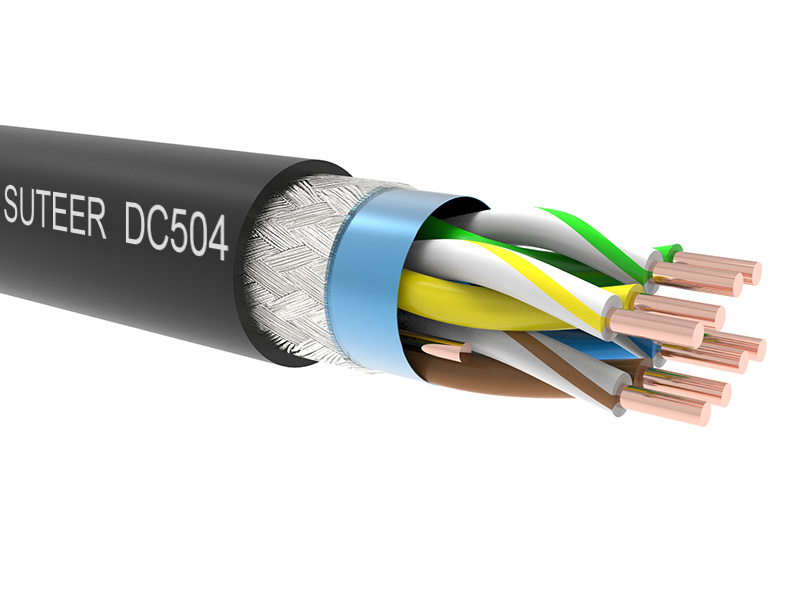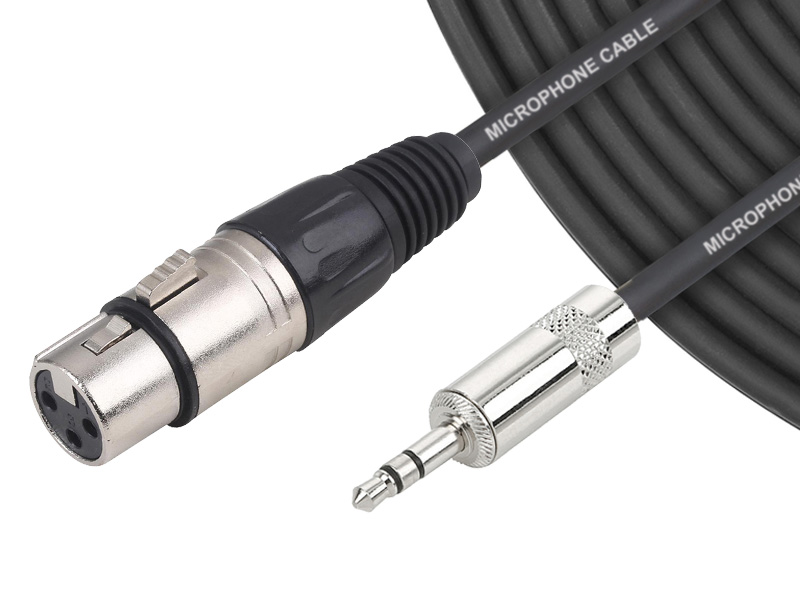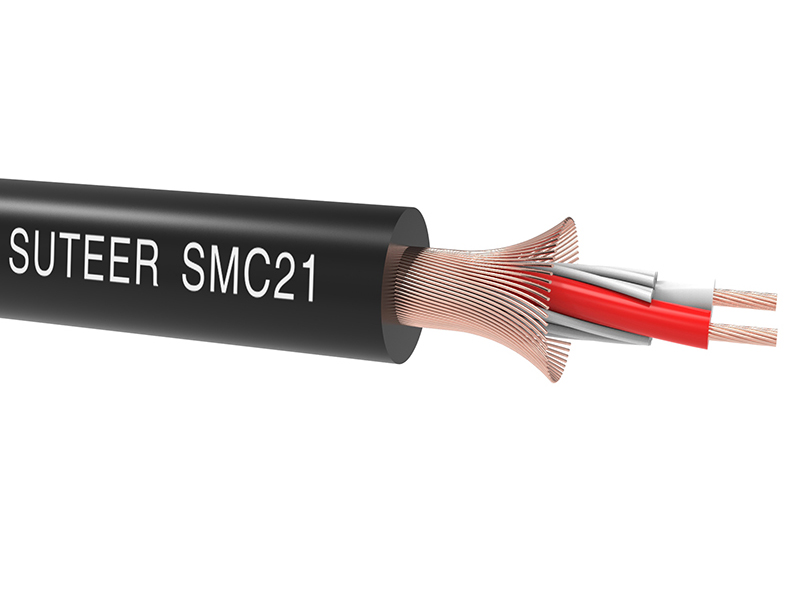The latest blog content from Sutter propaudio. Includes social media posts, products application, product features and the last news about new products
What is 5 pin DIN connector?
A DIN connector is an electrical connector that was originally standardized in the early 1970s by the Deutsches Institut für Normung (DIN), the German national standards organization. A DIN connector encompasses several types of cables that plug into an interface to connect devices. It has an architecture that is composed of multiple pins that [...]

